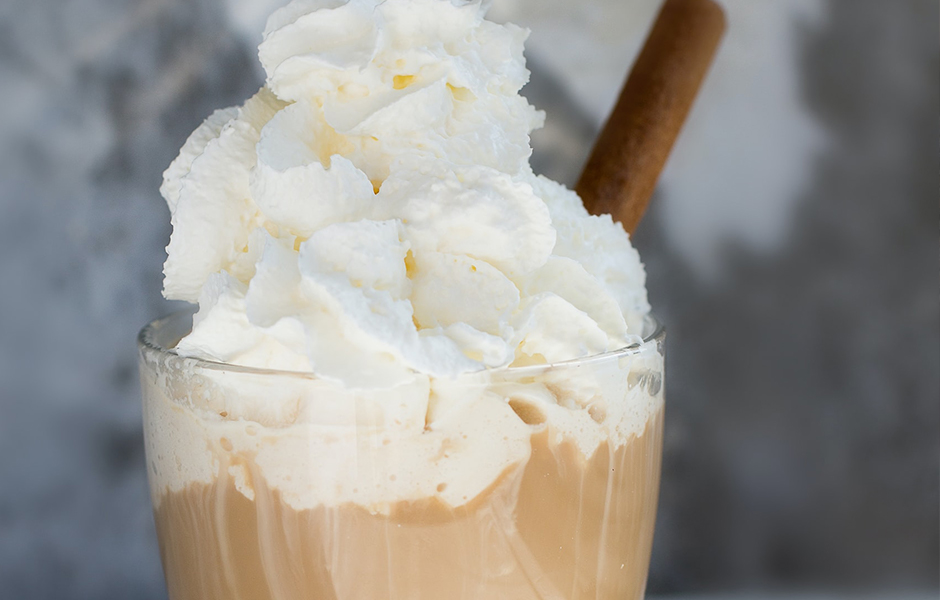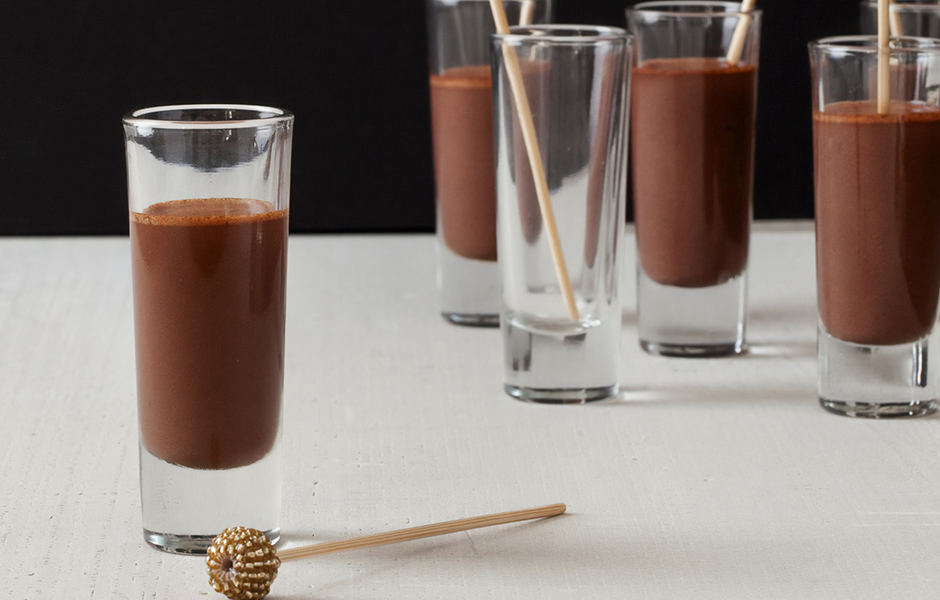Coffee jelly has slowly been introduced to more Western parts of the world. But what actually is it, how is it prepared and what’s the story behind it? Here’s everything you need to know about coffee jelly.
What is coffee jelly?
Coffee jelly, as you would expect, is just coffee in the form of jelly. Cubes of coffee-flavoured gelatine are often served with thick, sweetened cream. Coffee jelly, amongst other jellied delicacies, is common in Japan, with jellied treats being a staple of Japanese culture.
Coffee jelly really gained recognition from coffee enthusiasts following Starbucks Japan’s ‘Coffee Jelly Frappuccino’ that swept across the country a few years back. This drink consisted of Frappuccino, vanilla custard, whipped cream and chunks of coffee jelly.

What’s the origin of coffee jelly?
As new as this sounds, coffee jelly dates back as early as the 1800s in the British origins, long before Starbucks or even Japan took up the recipe. The earliest traceable record was found in The New Family Receipt, which called for brewed coffee mixed with gelatine. Coffee jelly later found a home in America’s New England region. Restaurants such as Boston-based Durgin-Park served this dessert as a mainstay item since its establishment in 1827.
In Japan, it was adopted during the Taisho period (1912-1926), but it finally gained mainstream traction around 1963. Under the slogan 'coffee you can eat’, it became a dessert that everybody loved. Depending on region, coffee jelly is sold in many cafes and can even be found in grocery stores.
Varieties of coffee jelly
With two main ingredients, there isn’t much scope in the way of varieties. The type of coffee, gelling ingredient and accompaniments used are what makes each coffee jelly unique. For instance, vanilla custard or whipped cream may be used to alter the flavour of the coffee jelly.

Can coffee jelly be plant based?
Traditionally, coffee jelly has been made out of animal-based gelatine, derived from collagen. However, if you’re vegan, don’t fret. There is a plant-based alternative to gelatine, known as Agar. This substance is made from seaweed or algae and is already commonly used in Japanese cuisine.
Depending on where you are in Japan, Agar has alternative names. Notably, ‘Katen’, ‘China grass’ and ‘Gulaman’.
Are there health benefits to coffee jelly?
Despite the negative connotations of ‘jelly’, coffee jelly has a number of positive health benefits associated with it. Firstly, coffee itself has been shown to improve energy levels, act as a strong antioxidant, lower the risk of type 2 diabetes and improve brain cognition.
Animal-based gelatine, due to its collagen can increase skin moisture and promote hair growth. Gelatine, similarly, to coffee, has also been shown to improve brain function, improving attention and memory recall.
Agar has very high nutritional content with nutrients such as iron, magnesium and calcium as well as helps to strengthen bones and some even suggest Agar helps to lose weight as it promotes satiety meaning it makes you feel fuller for longer.



